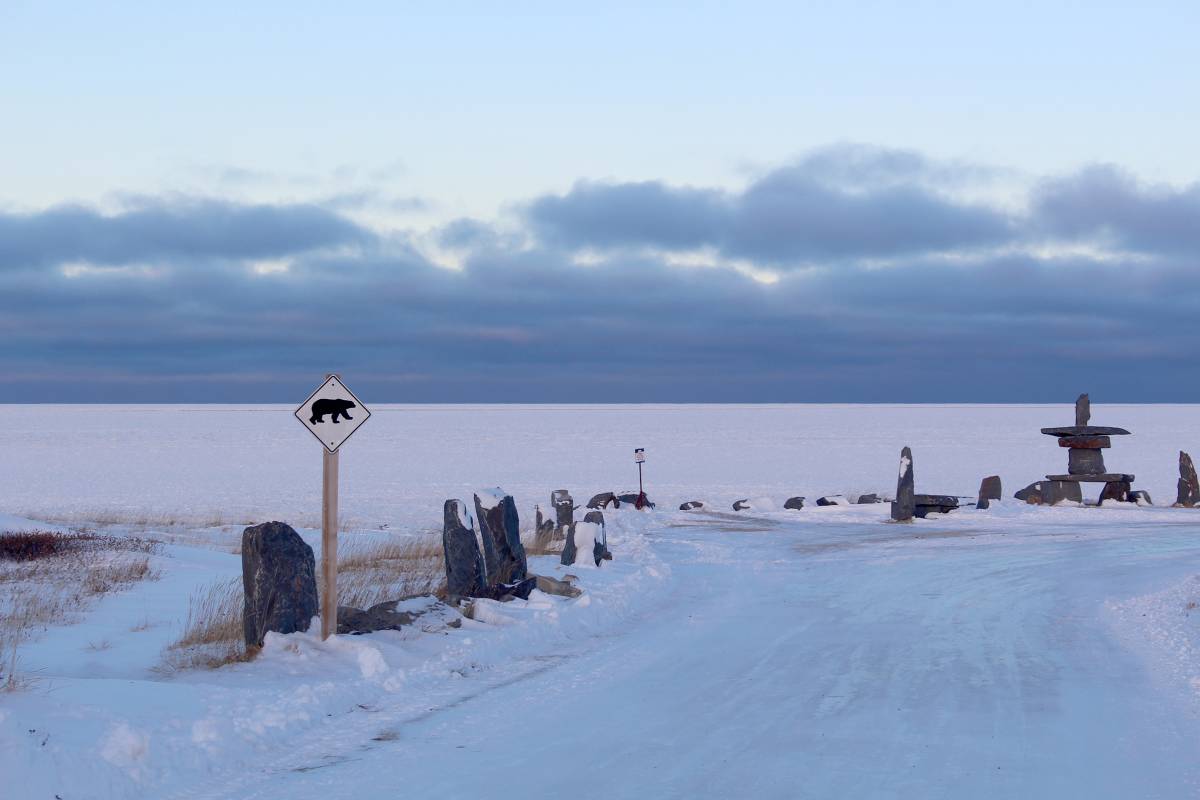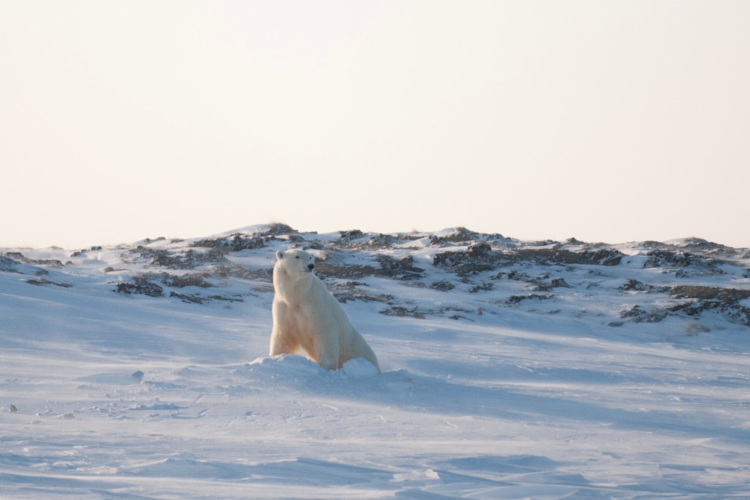For several years now, Polar Bears International has been helping support the Churchill Bear Smart Working Group as part of its work to minimize conflict between people and polar bears, and to help map out a healthy future for the bears. Churchill is a small community on the shores of Hudson Bay in Canada. Polar bears gather around the community in large numbers each fall, waiting for the sea ice to form so they can return to hunting seals.
Members of the working group have long had questions about the ecological future of Hudson Bay, as the climate crisis erodes the bay’s sea ice. They wanted to put together a group of experts to help answer their questions, and so the Churchill Barber Symposium was born. It was named in part in honor of Dr. David Barber, a prominent Arctic researcher from the University of Manitoba. He sadly passed away before the symposium was organized.
In late September of this year, Polar Bears International worked with local people, government experts, and the University of Manitoba to mount the symposium. The morning was an information-sharing session amongst the experts and members of the working group.
















